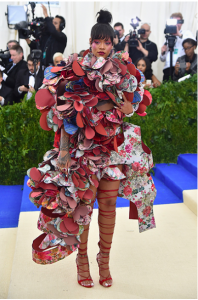
While there is by and large a consensus that fashion is linked to a pursuit of beauty in appearance, there are clear variations in the approaches to beauty. Beauty can be the apperception of a pleasing difference or a distinct quality, or an intellectual grasp of something; and as such, will be an aesthetic action. On the other hand, beauty may be the result of stylization and superficiality- and as such, will be the product of aestheticization; or when the bar is lowered- ‘artification’. Artification relies heavily on generating “impactful”, “supernormal” stimuli (Deidre Barett) to give objects (dress) a special quality. That special quality or ‘it-factor’ is what is popularly construed as fashion.
However, fashion itself walks a forked path. One aspect of the fashion phenomenon is the fashion designer, who achieves a cult status, with looks that are designed to be anything but everyday and ordinary; and yet what actually makes ideas fashion, is when ordinary people select designers’ creative propositions and adapt them into everyday dress. Interestingly, it is this ordinariness that marks the boundary lines, within or outside which the fashion designer may assert his/ her creativity.
The artifice of the fashion editorial, ad campaigns and runway shows- is intended to simulate a falsified feeling of irrelevance in our ordinary lives- by offering new scenarios, new moods and new styles. This has a clear commercial agenda. However, it is precisely this glorified attribute of fashion- its self-acclaimed authority over relevance- that has taken a stab in the last two decades. It’s the artification of everyday dress, within a larger
preoccupation with the aestheticization of our everyday lives- that has been called out as the breeder of desire and anxiety- both of which make our lifestyles unsustainable.
Yet, fashion need not be confined within this definition. Fashion has the privilege of attending to aesthetics as it lies neglected and invisible in our everyday lives. Our sense of aesthetics, which contains within it our private memories, the heritage of our traditions, needs due respect, renewal, reinterpretation and redefinition in order to stay relevant, meaningful and engaging. Otherwise, aesthetic objects are lost to time, or deified as cultural forms that incite little more than a symbolic familial or nationalistic pride. Fashion designers as aesthetes, can attend to current life and construct the stories of the day as images, products and values that inform and convey an appropriate sense of who we are in this moment, or even what we aspire to be. Artifice then becomes an artistic tool and even a stylistic form, as opposed to it being the summary of fashion.
The education for aesthetic development is very different from the education aimed at learning the tricks of aestheticization. The former requires interdisciplinary studies of what it means to be a human belonging to a particular race, nationality, gender, community at a given point in time- and how the values and feelings prevailing in that time are embodied within our images, our objects, our experiences, our attitudes and our appearances. In addition to that, it requires an education in creative and critical thinking, so that the designer doesn’t merely replicate the forms and aesthetic traditions of the past, but creates the aesthetic codes of the present. The education needed is both epistemological and ontological. In other words, the fashion aesthete must know from a study of conventions- what to do and how to do it and also, know how to be. The latter on the other hand, tends to overlook cultural, ethnographic dimensions of study and focuses on ‘making impressive or impactful fashion’, both, following and perpetuating the tropes of artifice that fashion has come to be known by. Its preoccupation with creating ‘the new’ and ‘the different’ without really dwelling too deeply into the old, the set, the favoured, the valued, the treasured and the cherished- tends to insulate it from any form of serious critique. Its role becomes confined to selling; to incite desire-driven consumption of newness. It assumes that is all that people want and that is all that they value. Aestheticization as an approach to beauty, has one serious flaw- it is disinterested in how beauty is experienced; it is only interested in how beauty looks and how it entices.
Fashion can be so much more than the engine that drives forth exciting newness; it can give people a voice, a sense of style, grace, amplification, power and a high self-esteem. It need not be peddled as a mask, as a costume, as a cosmetic… as a superficiality necessary for social climbing. It must take on the challenge to empower us with self-confidence and not cripple us with self-doubt. It must connect with people’s hearts, not capitalize on their fears and anxieties. The Fashion Designer of today, must get a fair appraisal…a change in designation…he/she must rise from being the purveyor of fancy clothes, to being the curator cum culturist of our times.




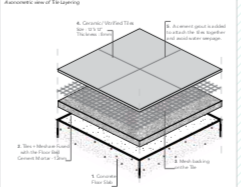
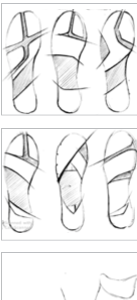

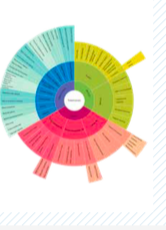
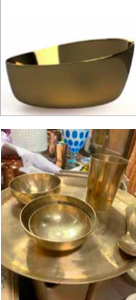

Great content! Super high-quality! Keep it up! 🙂
Thank you!
I love reading through an article that will make
men and women think. Also, thanks for allowing me to comment!
Thank you!